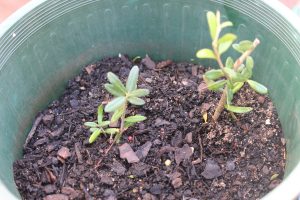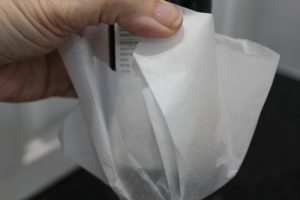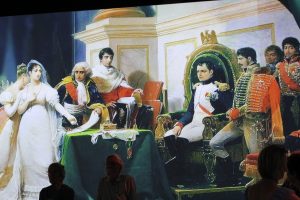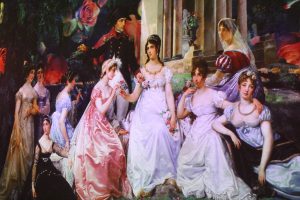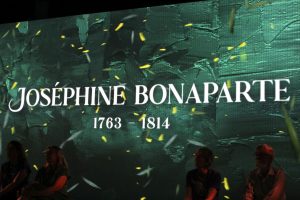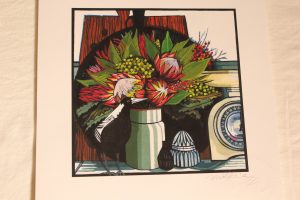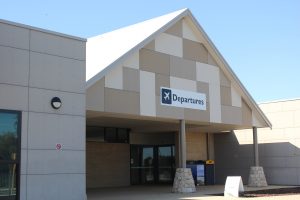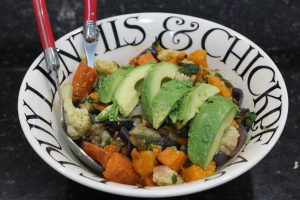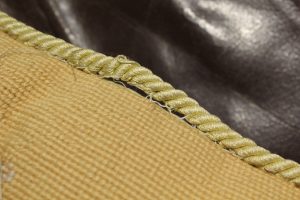coffee
The pendulum has swung back in favour of coffee according to nutritionist Dr Federica Amati in COUNTRYANDTOWNHOUSE.COM March/April 2025. Coffee can make you feel alert and now, studies say coffee improves athletic performance and sharpens thinking. Recent research claims moderate consumption isn’t bad for coronary health. In fact, longer and larger studies show coffee can reduce the risk of heart disease. Interestingly, some more recent studies suggest moderate consumption of coffee can protect you against Alzheimer’s and Parkinson’s disease.
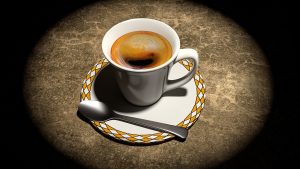

Surprisingly, coffee contains 1.5g of fibre. Good gut health requires 30g fibre a day. Other studies suggest moderate consumption can reduce the likelihood of developing some cancers. The trick is to drink black coffee, although a little splash of milk is fine. Avoid sugar, syrups and other additives to get the best outcome. Good news!
reading
As usual, lots of reading, due to waiting at appointments and also not sleeping well. Actually, I use every opportunity to read. Have done, all my life. Books I’ve read lately vary from new releases to older books by preferred authors.


Martine Murray’s THE LAST SUMMER OF ADA BLOOM captured family life in small town Australia. I really enjoyed this book, even the happy ending!


I borrowed Maggie Alderson’s SHALL WE DANCE? as I really enjoyed a previous book of hers, WOULD YOU RATHER. Her books are easy to read and entertaining. I was pleased to see she’s written many more books. I try to get all my books from the library and will see what other titles they have on the shelf.

Another Elizabeth Strout novel featuring Olive Ketteridge. TELL ME EVERYTHING is set in the period of post Covid recovery in America. The characters are mostly in their 60s and 70s managing family dilemmas and friendships in typical Strout style. A good read.

A huge success when it was published I was late to find this book. Everyone seems to really like it, except me! I found Nina George’s THE LITTLE PARIS BOOKSHOP coyingly cute and overly descriptive. I gave up about a third of the way through. Let me know if you’ve read it and what you thought!

There’s a reason these two books are at the bottom of this list. Reviews of YELLOWFACE referred to it’s freshness. I think I’m about 40 years too old to identify with the behaviour of the main character. Interesting insight into the world of social media and it’s impact on publishing, promoting and reviewing books.
cooking
My husband’s taste buds are recovering slowly. What he can and can’t taste is unpredictable, so knowing he can taste curry, much of what we eat from soup to main courses involves curry. We ate Masaman curry two nights in a row and I froze some for later. Very convenient when his immunotherapy appointments finish well after 5pm.


Lamb roast at Easter and now he’s enjoying air dried lamb our son brought with him.
Too many Easter treats means we are still eating our way through chocolate and nougat. The Fig and Raspberry nougat we had yesterday for morning tea was delicious!




